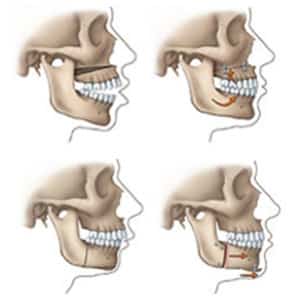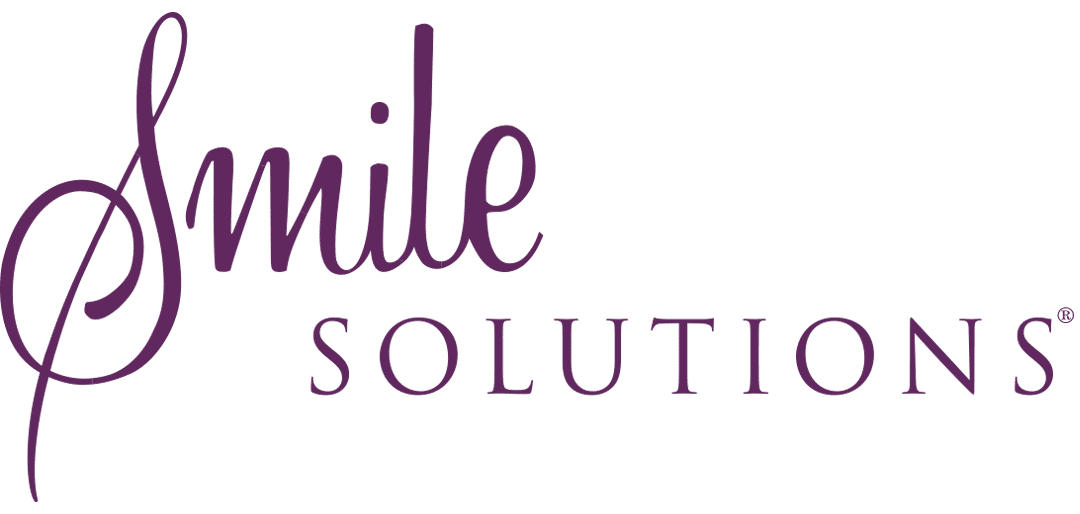Orthoganic surgery explained

Orthognathic surgery, also known as corrective jaw surgery, is the repositioning of one or both jaws.
Orthodontics is the treatment used to correct the alignment of the teeth. When combining orthognathic and orthodontic treatment you are improving the relationship between the upper lower teeth.
Orthognathic surgery is usually recommended when there has been a significant jaw growth imbalance resulting in a considerable malocclusion or “bad bite”.
In these situations, simple alignment of dental arches with orthodontic appliances alone cannot produce a satisfactory aesthetic or functional outcome.
This is primarily because the orthodontic appliances such as braces or Invisalign treatment will only move the teeth and have very little effect on irregular jaw positions.
The benefits of the combined treatment may include improved jaw function, facial appearance, the ability to chew and bite, and in certain cases speech.
Who performs the treatment?
Orthognathic surgery is performed by a registered specialist Oral and Maxillofacial Surgeon who has completed additional training in all areas of surgery relating to the facial bones, jaws, mouth and associated structure.
You will see a registered specialist orthodontist for the orthodontic component as they have also had additional training in their chosen field.
Who is suitable for orthognatic treatment?
Orthognathic surgery is generally performed on healthy adolescents and young adults who have completed growth of their craniofacial skeleton.
Sequence of treatment
Treatment takes approximately 18 to 24 months to complete. In a standard case the sequence of combined orthognathic and orthodontic treatment is as follows:
Treatment planning
Initially you will require separate consultations with the specialist orthodontist and Oral and Maxillofacial Surgeon for an analysis and discussion.
Models, photographs and x-rays will be taken to assist in the treatment planning phase.
You will receive a written treatment plan with a quote and associated item numbers which can be used to check your rebate through your private health insurance if applicable.
Orthodontics prior to surgery
Your teeth must be adequately aligned prior to commencing jaw surgery.
Braces will be worn approximately 8 to 16 months prior, this assists the Oral and Maxillofacial Surgeon with achieving the ideal jaw position.
Once the pre-surgical phase of your orthodontic treatment is nearing completion you will consult with your surgeon again and a new set of records will be taken to plan and schedule your surgery.
Surgical treatment

Corrective jaw surgery is performed at a private hospital under general anaesthetic. On the day of surgery you will meet with your anaesthetist who will discuss the anaesthetic component of the procedure with you.
Expect to stay in hospital for between one to three days and arrange 1-2 weeks off work/school in the first instance. Initially you will have some swelling and bruising, with limitation in jaw movement. Your new jaw position is held in place by small titanium plates and screws that are placed during surgery.
In addition, you will have elastic bands placed from the upper braces to the lower braces in order to support the new jaw position in the early phase whilst the jaw(s) are healing. You will be given an exercise and dietary plan to follow which will assist in the recovery phase of surgery. Expect your jaw to be stiff initially after elastics are removed.
Regular review appointments will be made to check the healing and jaw position, new x-rays will be taken to monitor treatment progress.
Orthodontics post surgery
Orthodontic treatment after surgery takes approximately 6 to 8 months to complete.
Preparation for the operation
Tests
Prior to your admission the surgeon may require you to have some blood tests depending on the type of surgery proposed.
Smoking
If you are a smoker, the anaesthetist strongly recommends that you stop at least two weeks prior to any operation. Smoking is also associated with higher postoperative infection rates and impaired or delayed wound healing.
Mouth Care
It is important that your mouth is as clean as possible before your surgery. Please clean your teeth thoroughly twice a day and floss daily.
Medication
Avoid taking any aspirin/dispirin, medication containing aspirin, Naprogesic and Ponstan during the month prior to and the months following your surgery
Fasting Instructions
- Morning surgery: Do not eat or drink after midnight
- Afternoon surgery: Do not eat or drink after 7:00 am
After surgery
You will be given a care pack after your surgery which will include pain relief, mouth rinse, your review appointment time and a post operative instruction pamphlet which will include all dietary and care advice.
Avoid during recovery
- Blowing your nose or excessive sniffing
- Smoking, as your ability to cough effectively can be reduced due to the swelling. This can lead to a chest infection
- Alcohol
- Excessive physical exertion for the first 14 days.
What are the risks associated with orthognathic surgery?
All surgical procedures carry some degree of risk. Despite the highest standards of surgical practice, complications are possible.
It is not usual for a doctor to dwell at length on every possible side effect or rare, serious complications. However, it is important that you have enough information to weigh up the benefits and risks of surgery.
Most people having orthognathic surgery will not have complications, but if you have concerns about possible complications, discuss them with your surgeon.
The following possible complications are intended to inform you, not to alarm you.
Reaction to anaesthetic
After general anaesthesia, difficulty swallowing, a sore dry throat, and generalised muscle pain may occur. These usually disappear by the following day.
Vomiting may occur after a general anaesthetic and for one to two days afterwards. Medication can treat this.
Infection
All surgery has a risk of infection, however risk is low with orthognathic surgery.
Antibiotics are often prescribed before surgery to prevent infection. Is infection occurs, symptoms start at about 10 to 14 days, with pain, swelling and a bad-tasting discharge in the mouth.
If infection or bleeding occurs, call your surgeon immediately.
Scarring
Prominent scarring of intraoral incisions is unusual. In most patients, such incisions heal well and quickly.
Pain management
Pain and discomfort depend on the complexity of the surgery. Discomfort is worst during the first few days after surgery and then should gradually subside.
Strong painkillers are provided. The need for painkillers usually stops around seven to 10 days after orthognathic surgery.
Swelling
Swelling is normal. Maximum swelling occurs 48 hours after orthognathic surgery and subsides over three to four weeks. Most swelling subsides after 14 days. The more complex the case and difficult the surgery, the greater the swelling.
Bruising
Bruising of the face, neck and chest may occur as the swelling subsides. It usually resolves in seven to 10 days.
Loss of sensation
Sensation is impaired because nerves are moved and may be injured during surgery. The chin, lower lip, upper lip, cheeks and palate are the most commonly affected.
In most patients, sensation returns to normal within three to six months. Tingling and itching is a good sign that feeling is returning.
Avoid biting your lips or placing hot food to drink next to the numb areas until return of sensation is complete.
Contact us if you experience any of the following symptoms after orthognathic surgery:
- Temperature higher than 38°C
- Severe pain, redness, bleeding or swelling of the operated site
- Nausea or vomiting
- Persistent bleeding
- Any concerns you have regarding your surgery.

